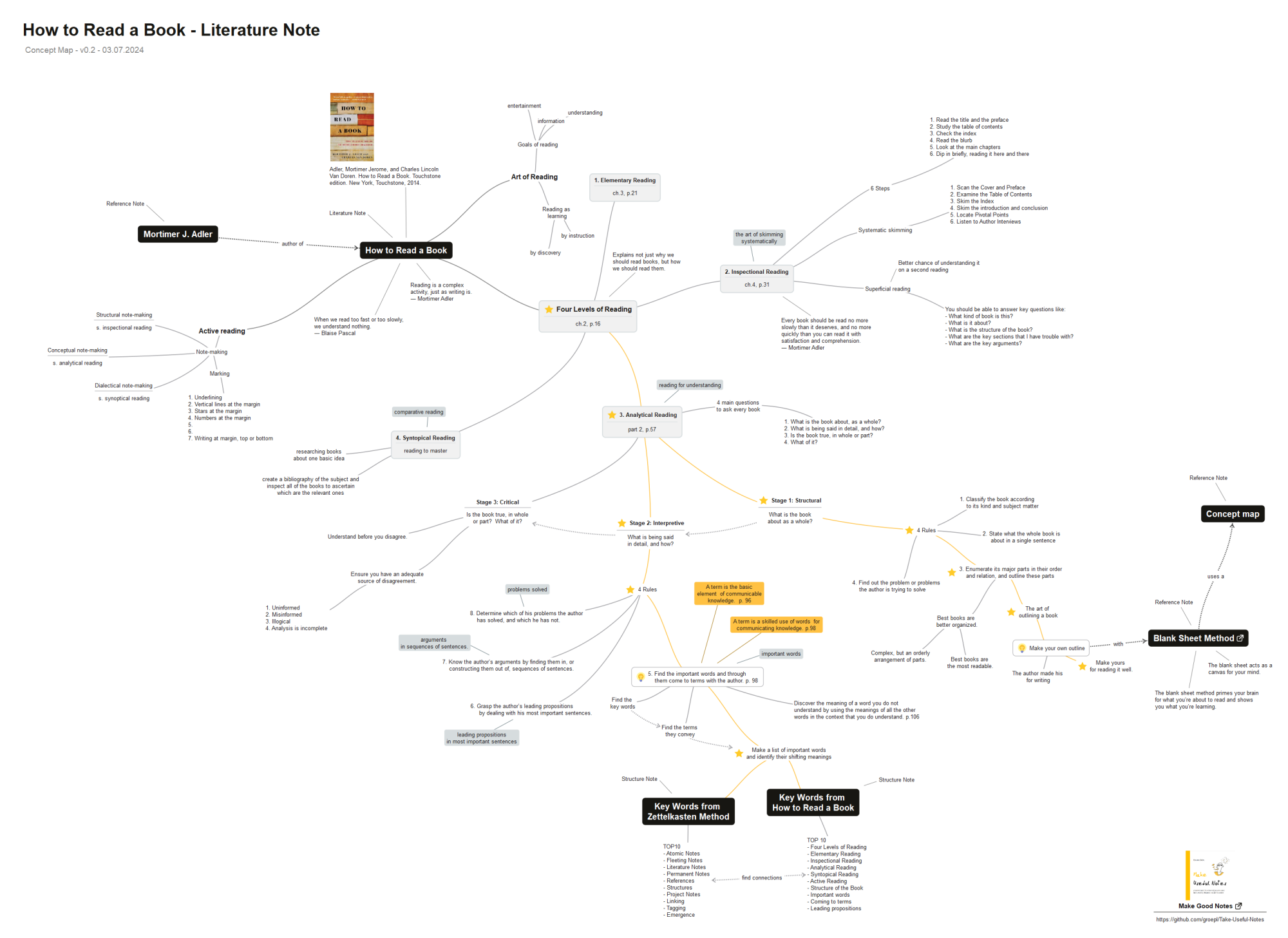There was a moment, in time, and in this place, when my brother, or my mother, or my father, or my sister, had to convey to me, for example, the danger in which I was standing from the white man standing just behind me, and to convey this with a speed, and in a language, that the white man could not possibly understand
What this shows: Communicative function of Black English for safety/solidarity; opacity to dominant listeners.
How I’ll connect it later: purpose-driven language (Baldwin) / Young’s claim that “It’s ATTITUDES,” not dialect deficits.
